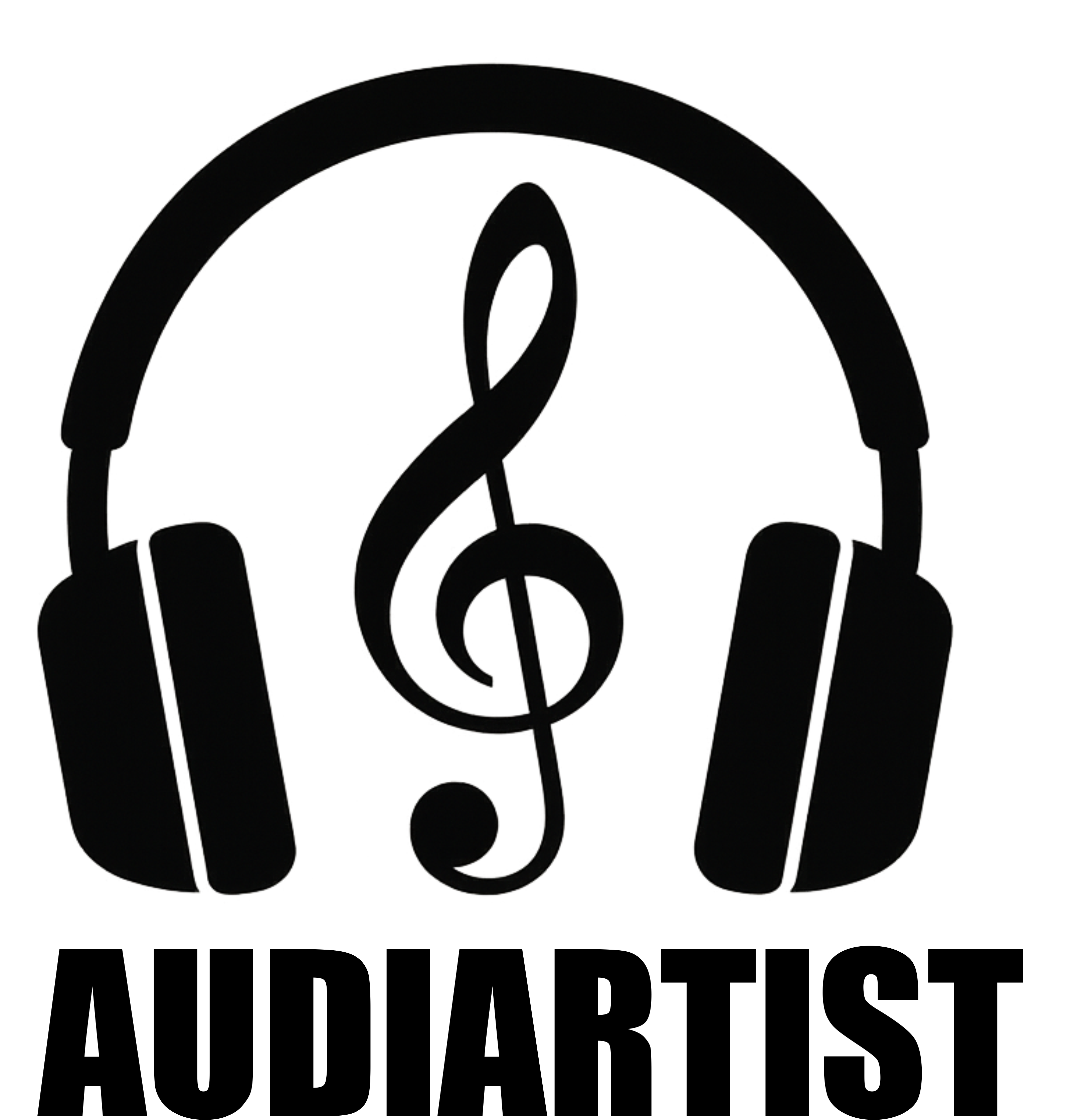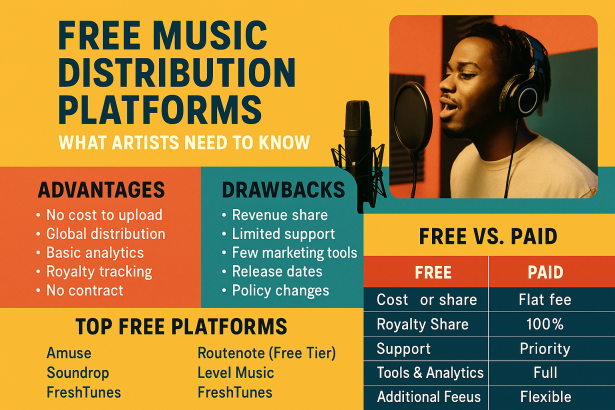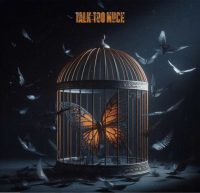Introduction
Distributing your music worldwide no longer requires a record label or a big budget. Thanks to a growing list of free music distribution platforms, independent artists now have the power to release their tracks on major streaming services like Spotify, Apple Music, and Deezer—without spending a dime. But is free distribution really the best route? In this article, we’ll explore the advantages and drawbacks of free music distributors, compare them with paid alternatives, and highlight the most popular platforms available right now.
The Pros of Free Music Distribution
Free distribution platforms are a game-changer for emerging artists. They allow you to release your music globally, often with zero upfront costs, making them ideal for musicians on a budget or testing new ideas. Here are some key benefits:
- No cost to upload your tracks
- Access to major DSPs (Spotify, Apple Music, Amazon Music, etc.)
- Some platforms offer basic analytics and royalty tracking
- Perfect for independent releases, demos, or singles
- No long-term contracts or exclusivity
Free platforms also reduce the pressure—artists can focus on their craft rather than finances.
The Cons of Free Music Distribution
Of course, nothing is truly free. These platforms often come with trade-offs:
- Some take a cut of your royalties
- Limited customer support and slow issue resolution
- Basic or limited marketing tools and analytics
- No control over release dates or advanced metadata
- Risk of platform shutdown or policy changes
If you’re looking for long-term control, advanced features, or monetization tools, free might not offer enough.
Top Free Music Distribution Platforms
- Routenote (Free Tier)
Offers both free and premium options. Free users keep 85% of royalties.
Visit Routenote - Soundrop
Great for cover songs and fast, easy releases. They take a 15% revenue share.
Visit Soundrop - Level Music
Backed by Warner Music, Level offers free and flexible distribution for indie artists.
Visit Level Music - FreshTunes
Straightforward and royalty-free for the artist—keeps 100% of revenue.
Visit FreshTunes
Free vs Paid: Which One Is Right for You?
| Feature | Free Distributors | Paid Distributors |
|---|---|---|
| Cost | Free or revenue share | Annual/monthly fee |
| Royalty Share | 0–85% kept by artist | Usually 100% kept by artist |
| Support | Basic | Priority and personal support |
| Tools & Analytics | Limited | Full dashboards, insights, marketing kits |
| Release Control | Varies by platform | Full control over timing and metadata |
| Additional Features | Few or none | Sync licensing, playlist pitching, etc. |
Popular Paid Alternatives
- DistroKid – Fast delivery, unlimited uploads, 100% royalties
Visit DistroKid - TuneCore – High control, powerful analytics, flat-rate pricing
Visit TuneCore - CD Baby – One-time fees, physical distribution options, sync licensing
Visit CD Baby
Conclusion
Free music distribution is an excellent entry point for independent artists—especially those testing the waters or releasing music on a tight budget. Platforms like Amuse and Routenote open doors that were once locked behind contracts and costs. However, for those looking to take control, build a brand, and scale their career, investing in a paid distributor might offer the extra edge.
The choice isn’t one-size-fits-all. For some artists, a hybrid strategy—using free platforms for experimental projects and paid ones for major releases—can offer the perfect balance between exposure and control. One thing’s for sure: today, more than ever, you own your music—and your future.
![]()














